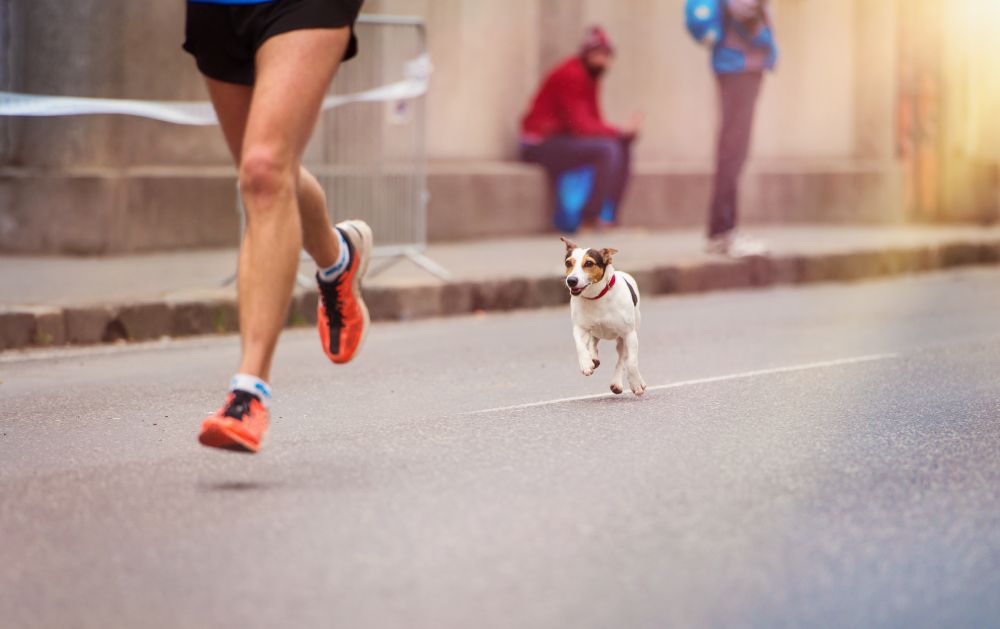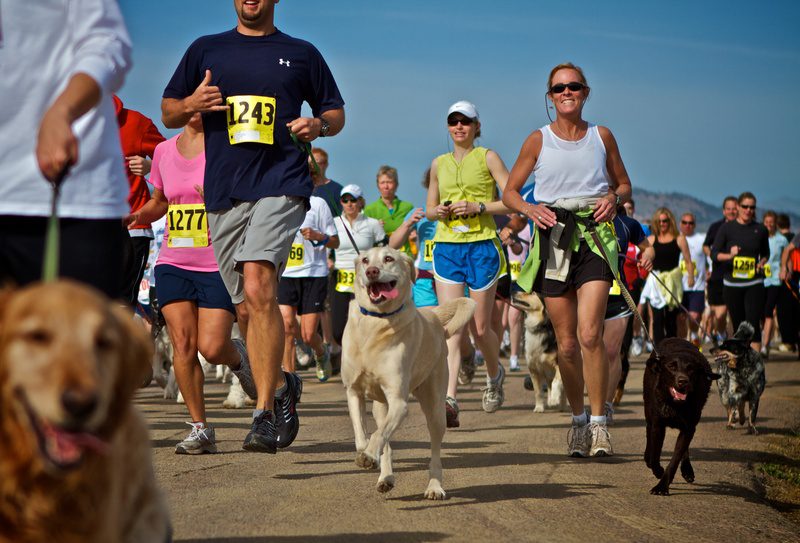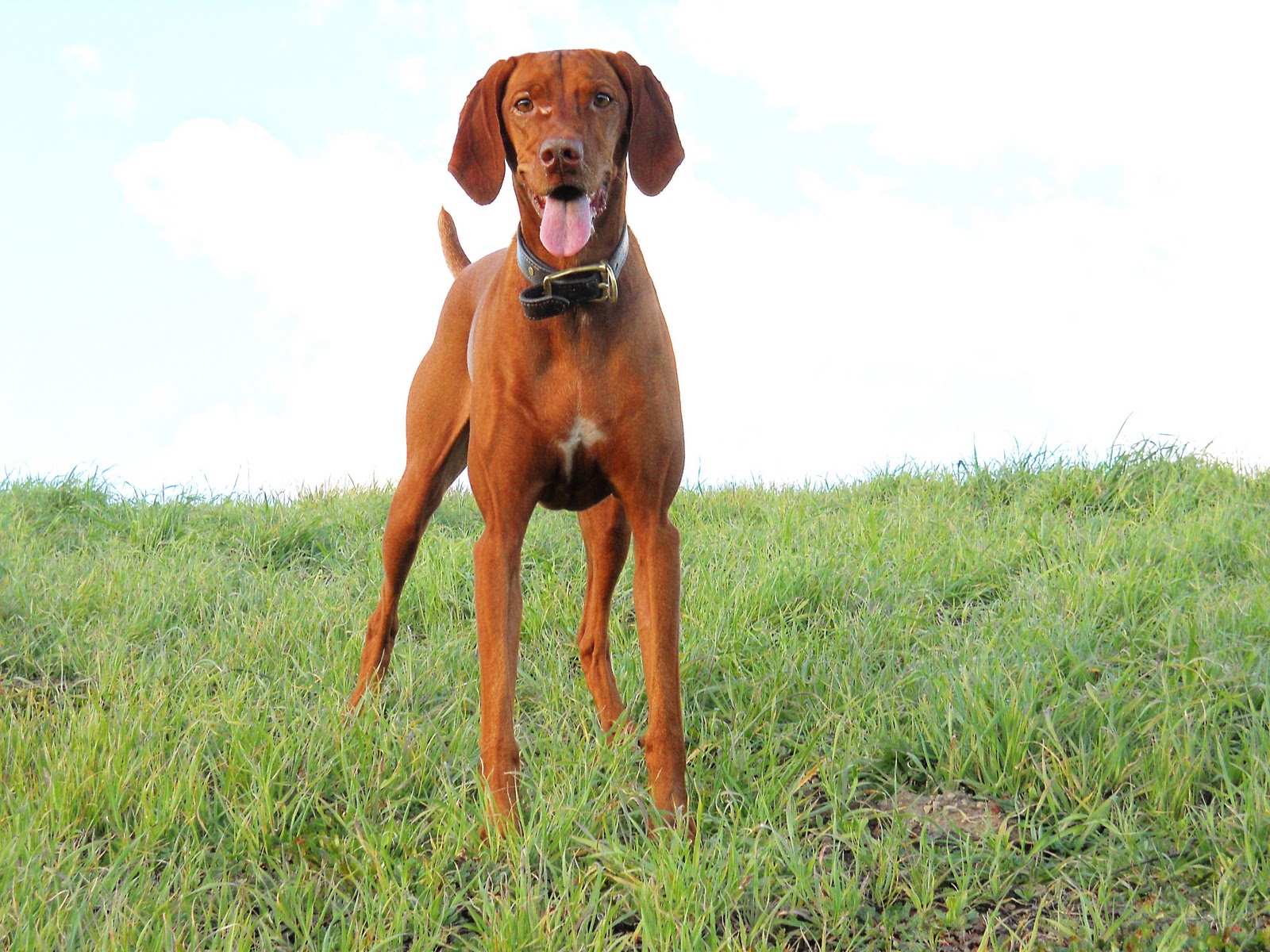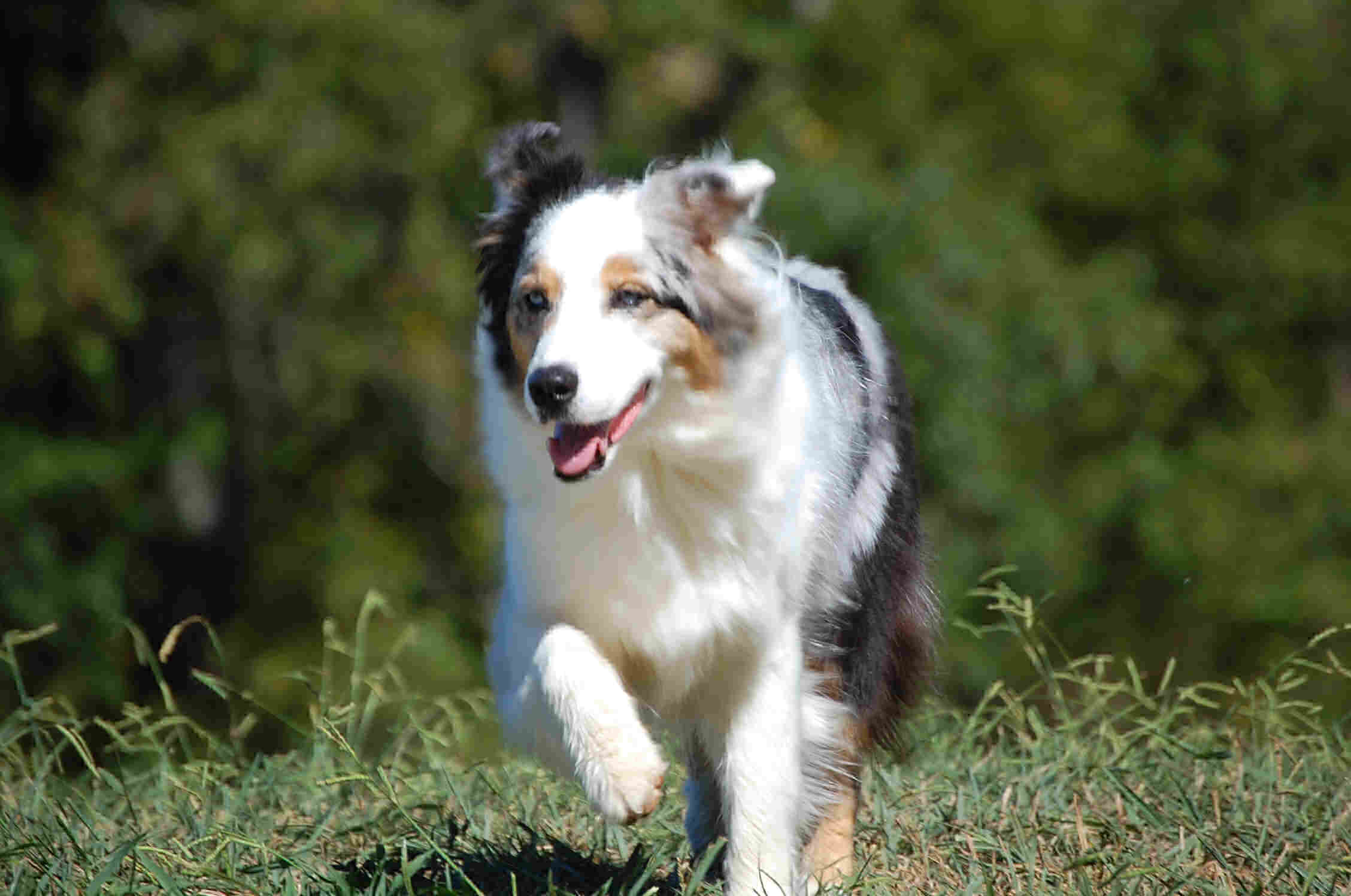How much should you run with your dog?
Your dog can be your most loyal running companion, but keep these guidelines in mind before you head out the door

Dogs make sense as great running buddies. They love going outside, they have lots of energy and they’ll probably be excited to run with you no matter the weather or time of day. That being said, not all dogs are well-suited for running, and just because your pup can run around for hours at the dog park doesn’t necessarily mean that you should take him on a 20K run. Of course, it is OK to run with your dog, but there are a few things you need to keep in mind in order to do so safely. Follow these guidelines to determine how much running your dog can safely handle.

RELATED: Research suggests that dogs experience runner’s high, just like humans
What is ‘forced running’?
Forced running is exactly what it sounds like — it’s when you ‘force’ your dog to run at your speed for a set distance. For example, if you’re going for a 10K run, your dog will also have to complete that distance, keeping up with you the entire time. This is different from the way your dog would run if she were off-leash in the backyard or at the dog park, where she can run as fast or as slow as she wants and take breaks whenever she chooses. While the term ‘forced running’ may sound negative, it doesn’t have to be. There are many dogs who can run this way and enjoy it, and it is your job as the owner to decide whether a long, continuous run is the best thing for your pup.
What makes a dog a good runner?
When determining whether your dog would make a good runner, you need to consider his size, body composition, age and preference (yes, your dog gets a say, too). Breeds like vizslas, Australian shepherds, border collies, German shorthaired pointers and Rhodesian ridgebacks all make great distance runners. Smaller dogs with shorter legs, like terriers, can also go running, but they’re better suited to shorter runs of 3K to 5K. Dogs with ‘smooshed’ faces (called brachycephalic) like pugs and bulldogs typically don’t make great runners because their respiratory systems can’t handle prolonged exercise, and they tend to overheat.

It is also a bad idea to run with a puppy, because their bones, tendons and ligaments are still growing and thus are more susceptible to damage. For most breeds, it is best to wait until they’re one and a half years old before taking them out for a run to avoid causing them long-term damage. Your best bet is to check with your veterinarian before taking your dog out running.
How much can my dog run?
Many breeds can safely run anywhere from 30K to 60K in a week, but it is important to build them up to that distance gradually. Before you start running with your dog, you first need to make sure that she can walk well on a leash, without pulling excessively at the leash or getting overly distracted by her surroundings. Once you’ve done that, the best way to start running with your dog is to incorporate a few minutes of running into your walk. Gradually, you can increase the length of your running until your pup is able to comfortably run for a set amount of time.
It’s important to pay attention to your dog while you’re running to look for signs that he is actually enjoying the activity. If his tail is wagging, he’s keeping up fairly easily and showing general enthusiasm during the run, those are good indications that your dog is having fun. Conversely, if your dog is falling behind or he’s limping or whining, you know you’ve gone past his threshold.
RELATED: There’s a jogging stroller for dogs who hate running

Watch out for extreme weather
Just because you want to head out in the blazing heat or the freezing cold doesn’t mean your dog should. Dogs don’t sweat the way humans do, which makes running in extreme heat more difficult and dangerous for them. Likewise, some dog breeds do not handle the cold well, and the salt on the roads and sidewalks can be painful for their paws. In weather conditions like these, you may be better off leaving Fido at home.
Other things to remember
When taking your pooch out for a run, always remember to have water on hand, or choose a route where you know your dog can stop and take a drink. Make sure your dog is well-trained so that she will listen to your commands, and be sure to teach her running-specific commands that indicate when it’s time to speed up, slow down and stop. Always start and end your run with some walking to allow your dog to warm up and cool down properly, and always allow him to take breaks if he needs them.
RELATED: Runners and dog-walkers: keeping the peace between 2- and 4-legged friends


